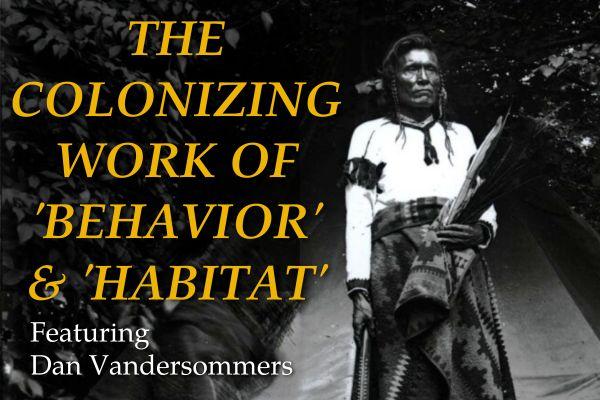
Daniel Vandersommers is Assistant Professor in the Department of History at the University of Dayton.
For nearly a century, from the 1870s through the 1950s, zoological parks exhibited humans. With a few exceptions, the scholarship on “human zoos” (also referred to as “ethnological expositions”) focuses on Europe. Popular zoo-historical literature leaves the impression that – aside from the well-documented exhibiting of Ota Benga in the Bronx Zoo in 1906 – the American zoo movement, due to its emergence later in the nineteenth century, was more directed by conservation imperatives and, thus, less influenced by the crude spectacles of exhibiting people. This talk will challenge these assumptions by examining two disturbing exhibitions at the Cincinnati Zoo: displays of Plains Cree and Métis individuals in 1895 and Sicangu Lakota Sioux individuals in 1896. Departing from the work of Miles Powell, Claire Jean Kim, Ursula Heise, and Zakiyyah Iman Jackson, this talk will examine how, in the words of zoo historian Marianna Szczygielska, “human performers were folded into the animal spectacle that had already been rehearsed in zoos.” Specifically, the talk will focus on how indigeneity was staged within the Cincinnati Zoo, drawing attention especially to the centrality of the emerging zoological discourses of "behavior" and "habitat," which will become central to the construction and production of alterity within zoos, Nature displays, and popular environmental thought and media. The talk will conclude with reflection on the mutual constitution of the categories "Indian" and "Animal" in Progressive Era America.
Dan earned his Ph.D. in Early American History in 2014 from The Ohio State University.
This event is free and open to the public. Parking information is available at https://osu.campusparc.com/find-parking/
